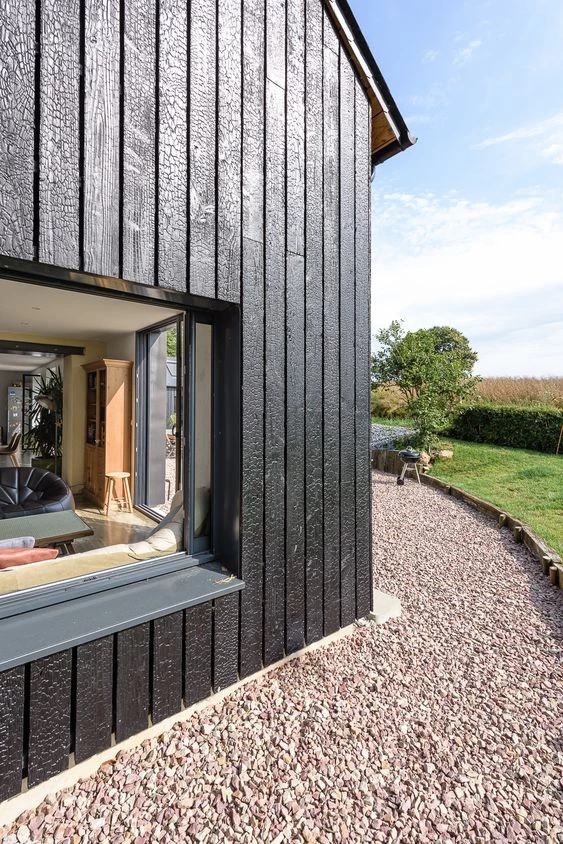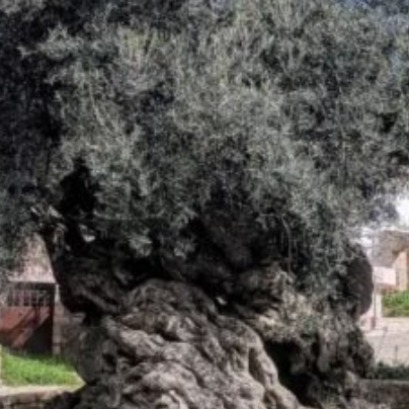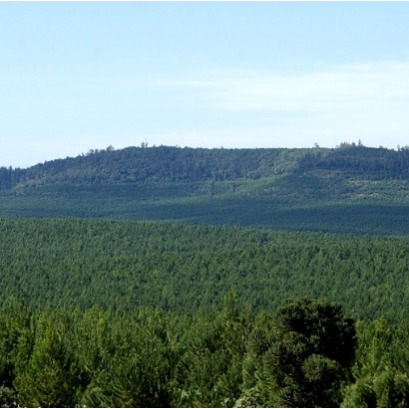
Yakisugi: the Japanese technique that is all the rage in architecture and decoration
Also known as Shou-Sugi-Ban, this technique dates back to the 16th century and its name comes from “yaki” (burning) and “sugi” (cypress). Today linden, pine, maple or oak are usually used.
But the most innovative thing is that it can be applied to ceilings, walls and floors, and also to furniture and accessories of all kinds. The only limit? Own imagination.
What is the technique of "burning" wood?
The technique consists of burning or charring the wood. This, in addition to generating an original finish, contributes to a longer useful life.
A blowtorch or chimney is used to burn the surface of the board. The wood must be dry and cut into long boards.
Then it is quenched with water, allowed to cool and brushed for a better finish. Finally, the wood is protected with protector, natural oils, varnishes, etc.
The slight carbonization of the wood surface makes it waterproof, flame retardant. It also protects it from the sun and works very effectively as an insect repellent. That is why this technique is an excellent option to use wood as an exterior coating.
Different uses and applications
• Floors, ceilings, walls and coverings.
• Furniture.
• Accessories
In wall covering you can combine different shades of burning, opt for different placement methods, play with the geometry of the boards, sizes, etc.", says the specialist.
And she adds that it is also often used on tables, chairs and kitchen islands or to decorate any object: from centerpieces and fountains to decorations and pots. Almost anything goes!
The technique of burning wood, in addition to generating an original aesthetic effect, helps give it a longer useful life. It also provides a touch of nature while incorporating sophistication and elegance through the black color and the texture of the wood.


IT MAY INTEREST YOU
 Experts cant believe it, but this tree is the oldest in the world and continues to bear fruit: it is 4,000 years old.
Experts cant believe it, but this tree is the oldest in the world and continues to bear fruit: it is 4,000 years old.
Nature keeps secrets that defy the passage of time, and one of the most surprising examples is a tree that, approximately 4,000 years old, continues to bear fruit today. This specimen has become a symbol of resistance and longevity, capable of surviving climate changes, landscape transformations and human activity itself.
 Free seminar on the implementation of the European EUDR regulation on deforestation-free wood products
Free seminar on the implementation of the European EUDR regulation on deforestation-free wood products
The Argentine Forestry Association (AFoA) organizes the seminar «EUDR in Forest Products: Current status of implementation. Regulatory requirements and private experiences", which will take place on Wednesday, November 26, from 11:00 a.m. to 12:00 p.m., via Zoom, with live streaming on YouTube. The European Regulation on Deforestation-Free Products (EUDR) will enter into force on December 31, 2025 and will impose new requirements for forest products entering the European Union market.
 The second largest wetland in South America is located in Argentina: what is it?
The second largest wetland in South America is located in Argentina: what is it?
Argentina has national parks that place it in a unique position within South America, competing with 300 others. Which is the largest? South America is home to more than 300 national parks, but many go unnoticed. There are extensive wetlands that have been the subject of major ecological restoration projects, to coastal mountains with deep indigenous heritage. Today we tell you the case of one located in Argentina.





















